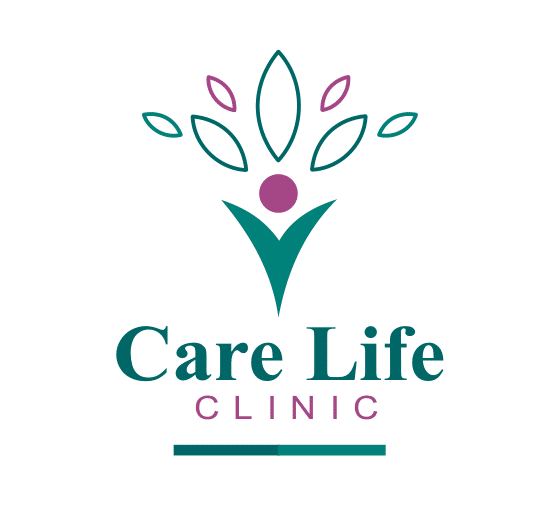Glabellar Lines
Your “glabella” is the skin on your forehead, between your eyebrows and above your nose.  When you make facial expressions, that skin is moved by the muscles on your forehead.
When you make facial expressions, that skin is moved by the muscles on your forehead.
Depending on your face shape, skin tightness, genetics, and how often you make certain expressions, you may notice wrinkles that look like wavy lines beginning to develop. These wrinkles are called glabellar lines, or more commonly, forehead furrows.
If you don’t like the look of these lines, there are home remedies, clinical treatment options, and prevention strategies to minimize their appearance.
What are glabellar lines?
Glabellar lines are horizontal indentations that stretch across your forehead. They may intersect with another category of wrinkles called frown lines.
Glabellar lines vs. frown lines
Typically, frown lines are the vertical lines between your eyes, while glabellar lines appear above your eyebrows and run horizontally.
Frown lines don’t just come from making sad faces. When you smile, laugh, or look worried or surprised, the glabella muscles tug and pull the skin that covers them.
Medical treatments for glabellar lines
If at-home skincare doesn’t smooth your forehead furrows to your satisfaction, talk to our doctors about medical treatments. The following options available at the Care Life Clinic may help make your glabellar lines less noticeable.
Botox and other neuromodulators
In recent years, Botox has become more and more popular for skin that is showing signs of aging. While technically Botox is a brand name, many people use it to refer to any of several injectable ingredients that relax (paralyze, actually) the muscles under your skin, making wrinkles less noticeable.
Compared to other medical procedures, Botox is affordable, and the risk of side effects is minimal.
Juvederm and other soft tissue fillers
Soft tissue fillers are meant to mimic the collagen and other structural components of your skin. Products in this treatment category include:
- Restylane
- Sculptra
- Juvederm
There are some notable differences between Botox and dermal fillers, but both have a low risk of complications.
